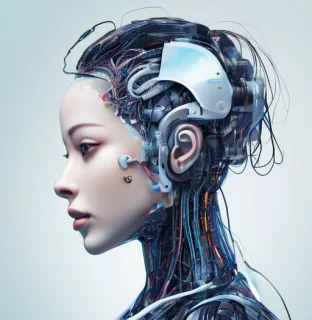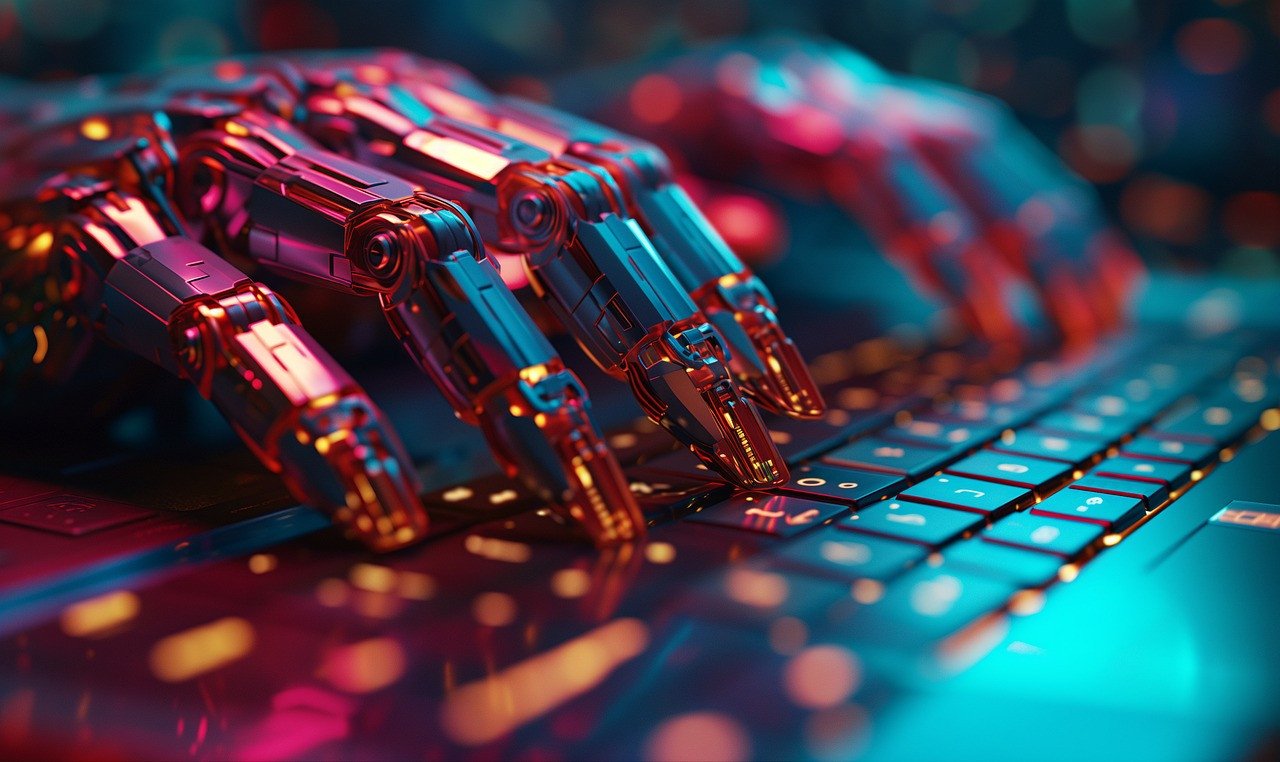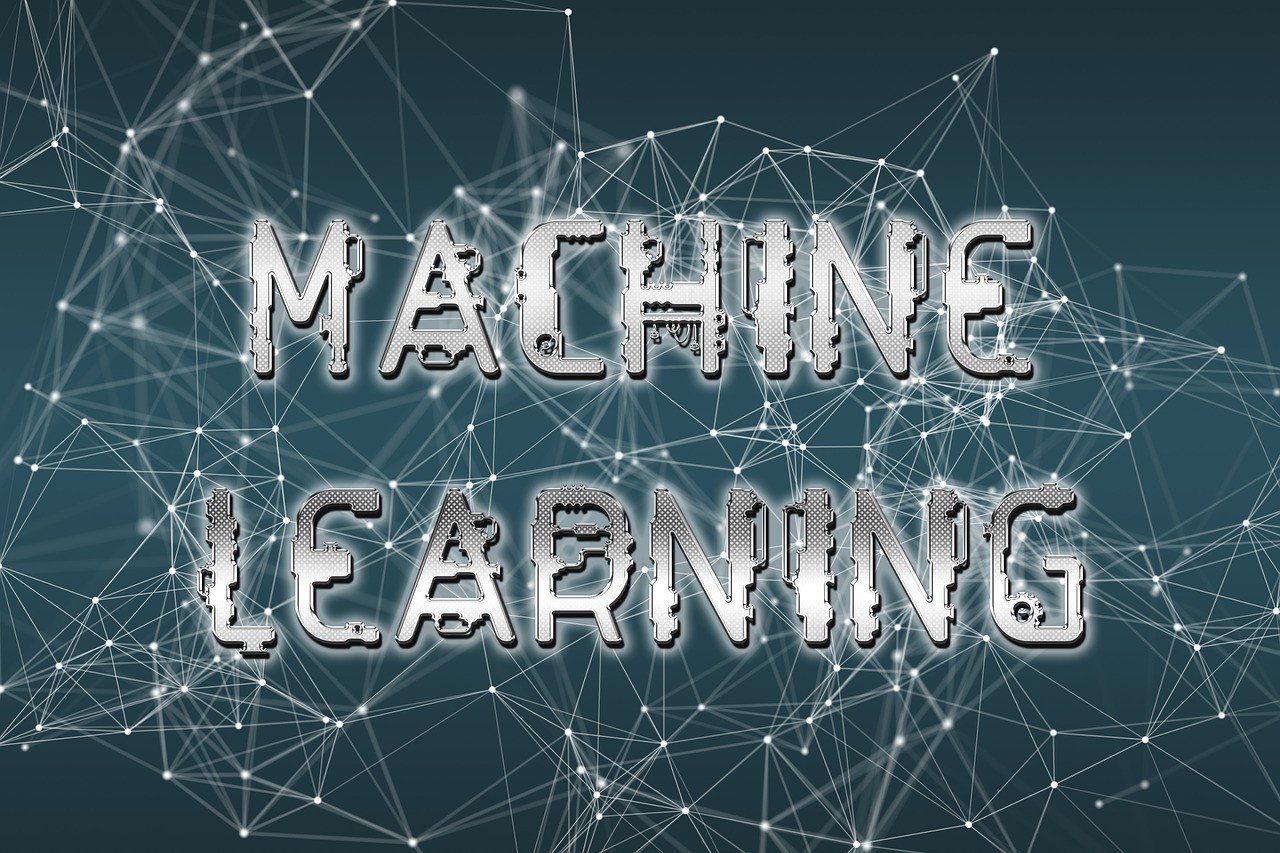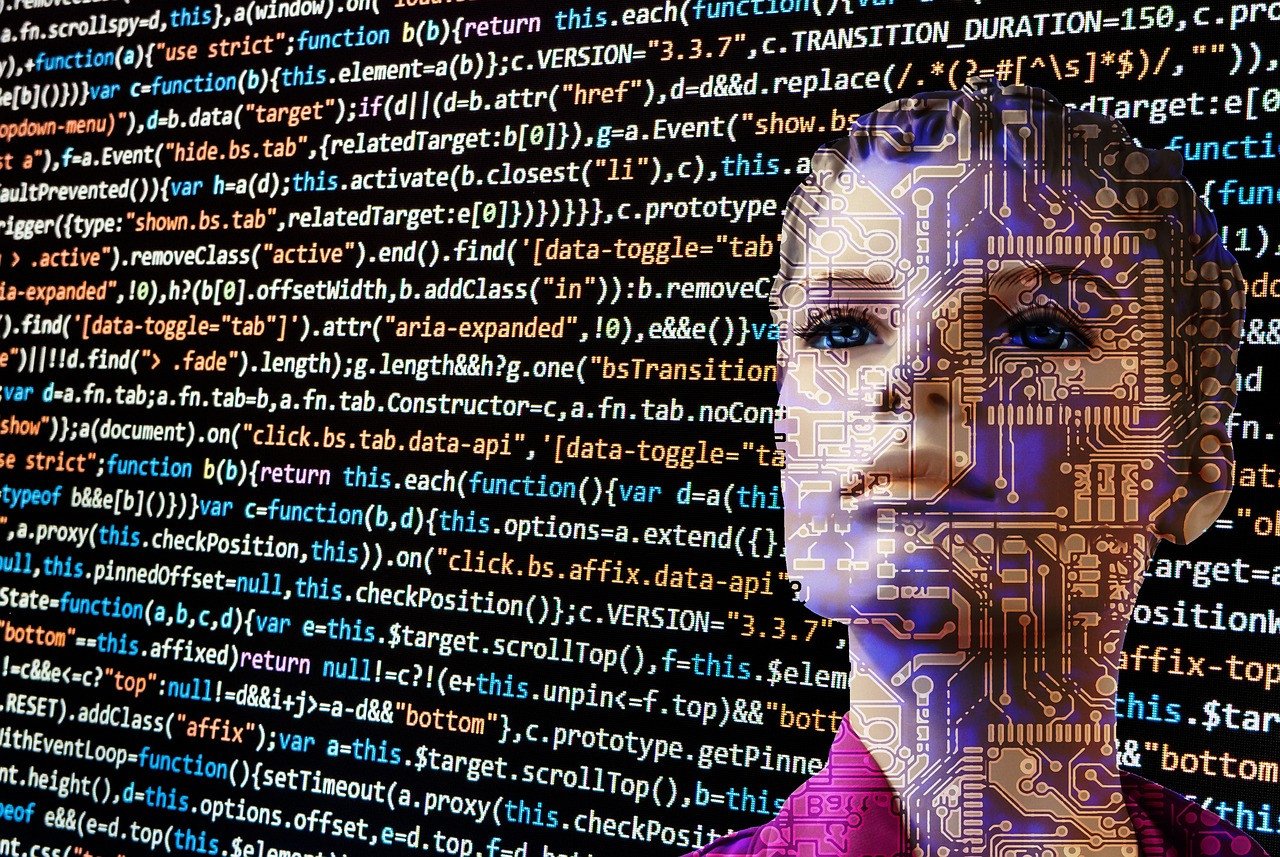How does artificial intelligence work
How does artificial intelligence work?
Artificial intelligence (AI) is no longer science fiction. It's woven into the fabric of our daily lives, from recommending movies on streaming services to analyzing medical scans. But how exactly does AI work? This comprehensive guide peels back the layers, revealing the inner workings of this transformative technology.

The Power of Learning from Data:
At its core, AI is about empowering machines to learn from data and identify patterns. This data can come in various forms, like text, audio, images, and videos. By processing this data, AI algorithms can extract valuable insights and make predictions. Imagine a machine learning algorithm trained on millions of cat pictures – it can then analyze a new image and accurately identify whether it contains a feline friend.
The AI Workflow: A Step-by-Step Breakdown:
Here's a breakdown of the core stages involved in AI operations:
- Input: The journey begins with data collection. This data is meticulously categorized and formatted to ensure the AI system can understand and process it effectively.
- Processing: Once the data is ready, the AI system steps in. Using programmed algorithms, it sorts and analyzes the data, searching for recurring patterns and relationships.
- Outcomes:After deciphering the data, the AI can utilize these patterns to predict future outcomes. It can categorize new data points based on its learnings or make recommendations based on identified trends.
- Adjustments:AI is an iterative process. If the AI encounters data that doesn't fit its existing patterns, it can learn from these "mistakes." The algorithms may be adjusted, and the process restarts to refine the AI's understanding.
- Assessments:Finally, the AI system assesses its performance. It analyzes the results and refines its algorithms based on the feedback loop. This continuous learning allows AI to become more accurate and reliable over time.
Building the Machine: The Essentials of AI Creation:
- So, how do we create these intelligent machines? Here are the fundamental steps involved:
- Define the Problem: The first step is to clearly define the problem you want the AI to solve. What task do you need it to perform?
- Determine the Outcomes: What results do you expect from the AI? How will you measure its success?
- Organize the Data Set: Gather the relevant data to train the AI. Ensure the data is high-quality and well-organized for optimal learning.
- Choose the Right Technology:Different AI problems require different approaches. Select the machine learning technique best suited for the task at hand.
- Test and Refine: It's crucial to test and evaluate the AI's performance. Based on the results, refine the model and continue iterating until you achieve the desired outcome.
Unveiling the Different Faces of AI:
The world of AI is vast and ever-evolving. Here's a glimpse into some of the key types of AI currently in use:
- Reactive Machines:These AI systems operate in the present moment, responding solely to current stimuli. Think of a simple spam filter reacting to keywords in an email.
- Limited Memory Machines:These AI systems can learn and adapt based on past experiences. For example, a recommendation system on an e-commerce platform might suggest products based on your previous purchases.
- Theory of Mind (Future):This hypothetical AI would possess the ability to understand human thoughts and emotions, allowing it to interact with us on a deeper level.
- Self-Awareness (Future):This even more advanced AI would not only understand human emotions but also possess its own sense of self-awareness. While this technology remains unrealized, it sparks fascinating discussions about the future of AI.
Beyond the Basics: The Disciplines that Power AI:
AI is a complex field, drawing from various subfields to achieve its magic. Here are some of the crucial disciplines that contribute to AI's success:
- Machine Learning: This subfield equips machines with the ability to learn from data without explicit programming.
- Deep Learning:Inspired by the human brain, deep learning utilizes artificial neural networks to process complex data sets and identify intricate patterns.
- Neural Networks:Mimicking the structure of the human brain, neural networks are a core component of deep learning, enabling machines to learn and make decisions.
- Natural Language Processing (NLP):NLP allows AI systems to understand and interpret human language, making communication between humans and machines possible.
- Computer Vision:This field empowers computers to extract meaning from visual data like images and videos.
Conclusion:
In our exploration of artificial intelligence, we've uncovered its fundamental principles, its practical applications, and its potential future. As AI becomes increasingly intertwined with our daily lives, understanding its inner workings becomes more crucial than ever.
Let us approach AI with a sense of wonder and responsibility, recognizing its capacity to transform industries, drive innovation, and enhance human experiences. By fostering a culture of ethical innovation and interdisciplinary collaboration, we can harness the full potential of AI while safeguarding against its risks.
As we demystify AI, let us remember that its true value lies not in its complexity, but in its ability to empower us, enrich our lives, and shape a brighter future for generations to come.











Comments (0)
No comments found